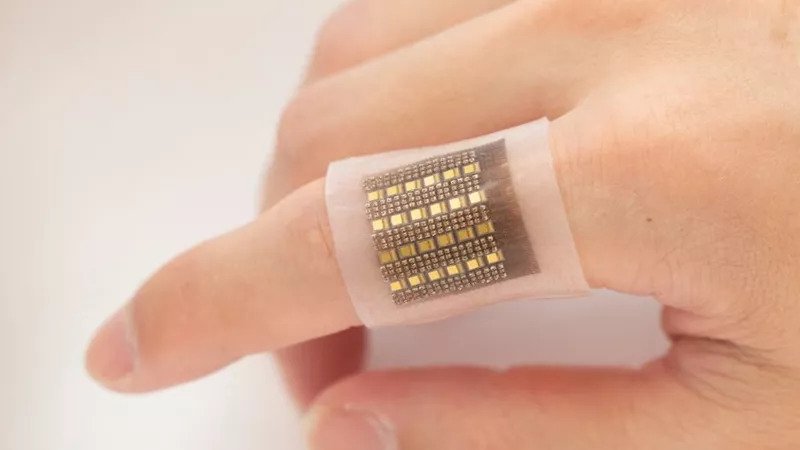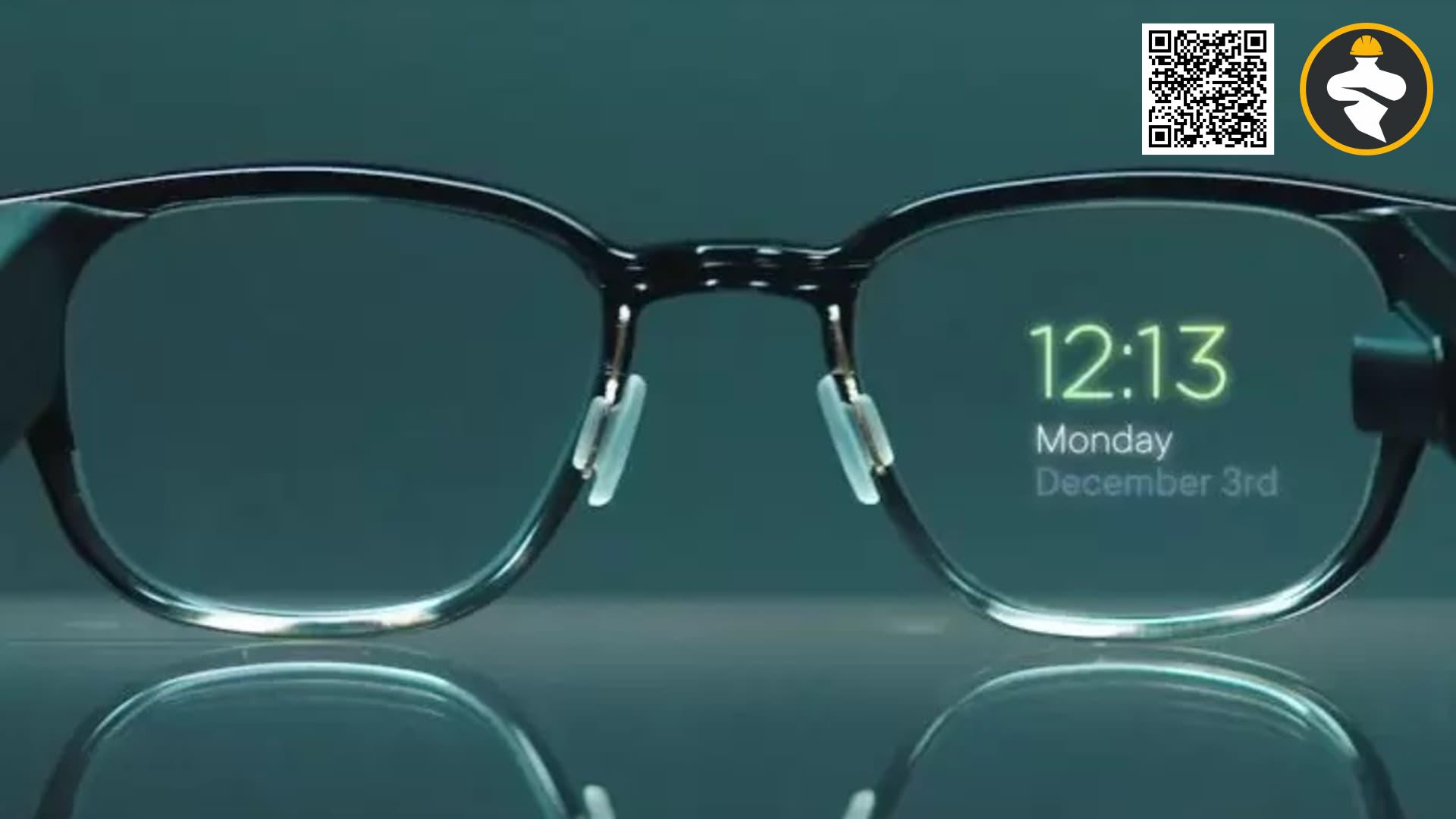The University of California, San Diego team claims that its skin patch might provide doctors with unmatched access to vital information that could aid in identifying potentially fatal illnesses like malignant tumors, organ failure, cerebral or intestinal hemorrhages, and more.
“Haemoglobin levels and distribution in the body reveal important details regarding blood flow or concentration in particular areas. According to Sheng Xu, a professor of nanoengineering at the University of California, San Diego, and the study’s corresponding author, “Our technology exhibits enormous potential in close monitoring of high-risk groups, enabling timely interventions at urgent situations.”
Low blood perfusion inside the body can lead to severe organ dysfunctions and is linked to a number of disorders, such as vascular diseases of the extremities and heart attacks.
At the same time, abnormal blood buildup in the brain, the belly, or cysts may be a sign of malignant tumors or cerebral or visceral hemorrhage. Continuous monitoring can help with the diagnosis of certain illnesses and can permit prompt actions that could save lives.
Researchers think their new sensor can significantly outperform the current approaches for monitoring biomolecules.
They said that MRI and X-ray computed tomography are inappropriate for long-term biomolecule monitoring because they require large, often difficult-to-find equipment and typically only provide information on the molecule’s current status.
Continuous monitoring is essential for prompt responses to stop life-threatening illnesses from rapidly getting worse, according to Xiangjun Chen, a PhD student in nanoengineering in the Xu group and research co-author.
READ MORE ABOUT MEDICINE AND HEALTHCARE
“Wearable electronics based on electrochemistry for the detection of biomolecules, not just hemoglobin, are attractive candidates for long-term wearable monitoring applications. However, the capabilities of the current technologies are limited to skin-surface detection.
According to the scientists, the flexible low form-factor wearable patch securely affixes to the skin and enables non-invasive long-term monitoring. According to reports, it can map hemoglobin in three dimensions with a submillimeter spatial resolution in deep tissues up to centimeters below the skin.
Its optical selectivity allows it to integrate various laser diodes with various wavelengths, increase the range of compounds that may be detected, and have potential clinical uses.
The patch’s flexible silicone polymer matrix houses arrays of laser diodes and piezoelectric transducers. Pulsed lasers are released into the tissues via laser diodes. The tissue’s biomolecules take in the optical energy and release sonic waves into the environment.

Xiaoxiang Gao, a postdoctoral researcher in Xu’s lab and a co-author of the paper, explained that piezoelectric transducers receive acoustic waves, which are then processed in an electrical system to recreate the spatial mapping of the wave-emitting biomolecules.
It is also more safer than X-ray procedures that use ionizing radiation, according to Hongjie Hu, a fellow postdoctoral researcher in the team and co-author of the paper.
In order to increase flexibility and possible clinical utility, the team now intends to further enhance the device. This will include reducing the size of the backend controlling system to a portable device for laser diode driving and data gathering. They also intend to investigate the wearable’s potential for monitoring core temperature.
We have shown ex-vivo core temperature monitoring because the photoacoustic signal amplitude is temperature-dependent, according to Xu. “However, interventional calibration is necessary to validate the core temperature monitoring on the human body.”
They are still collaborating with medical professionals to look for further potential clinical applications. Their work is published in Nature Communications.
Reference: www.theengineer.co.uk











